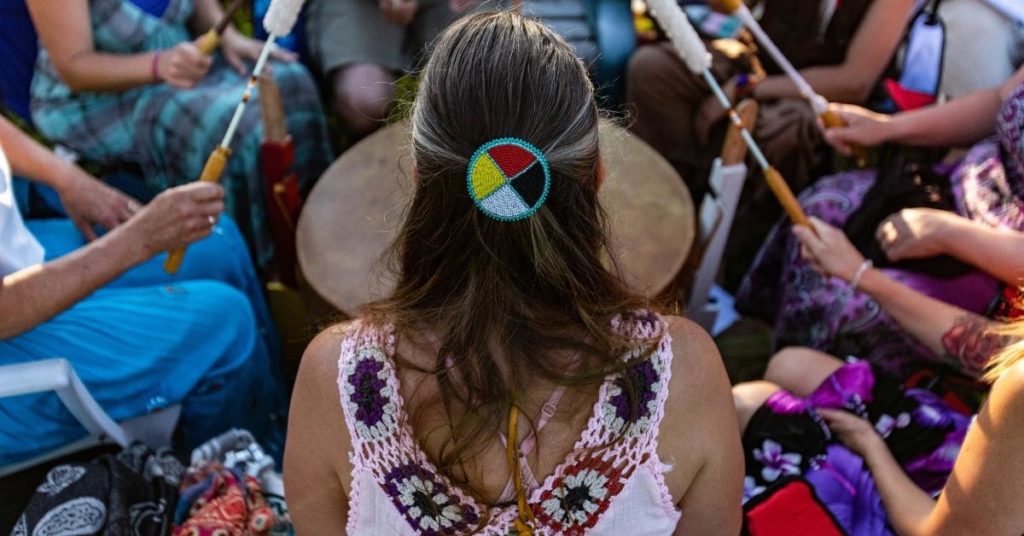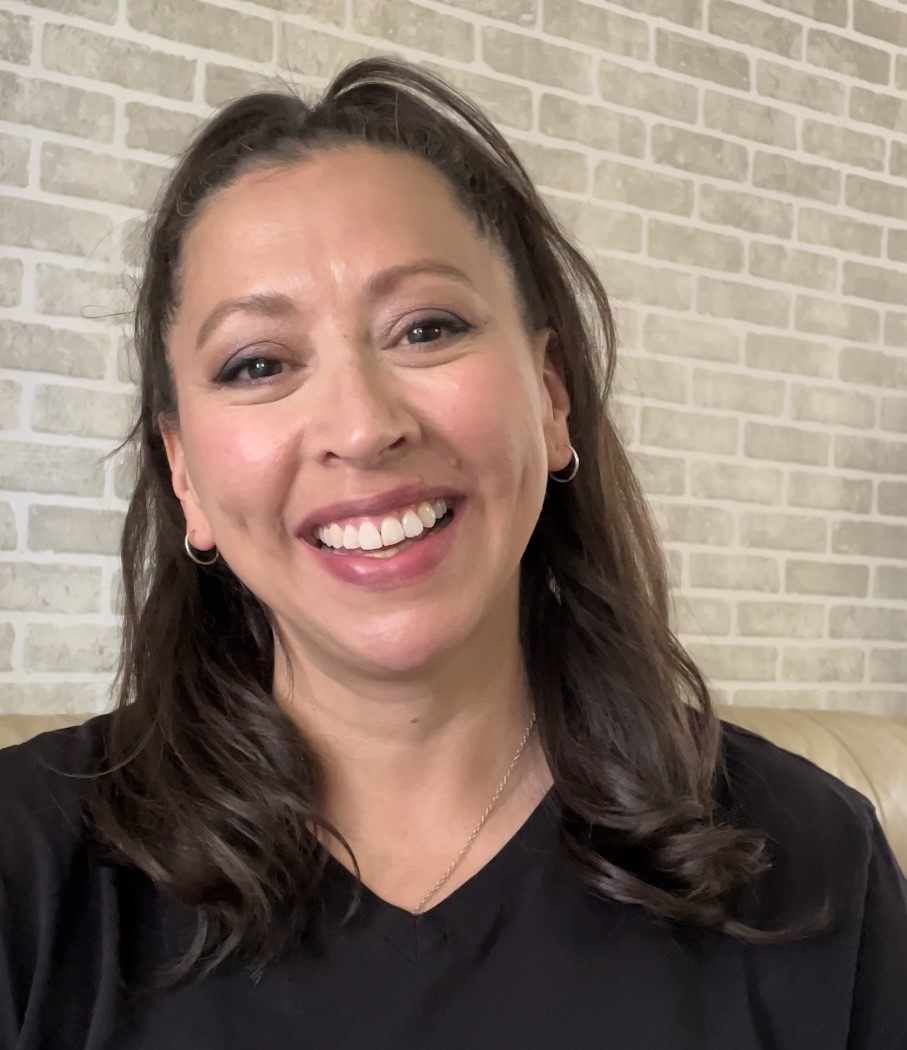How To Include Indigenous Content In Your Fitness Classes

Small steps of inclusion can lead to some big discussions and even bigger learning.
Some time ago, I went to a gym for the first time. My family doctor told me to build some muscle to support my joints, to help alleviate my arthritic pain. I was a 14-year-old Indigenous girl and being a newcomer to a gym environment, I felt overwhelmed.
If it wasn’t for my brother, I don’t know if I would have kept going. He was just happy to have a gym partner and he helped me navigate the environment. I eventually fell in love with the gym -the machines, the weight room and yes, even the smell.
It wasn’t until I was 30, when I became a canfitpro Fitness Instructor Specialist, that I really thought about what it meant to be a “fitness person.”. Becoming an instructor got me thinking about my own experiences in a gym facility. I didn’t see many other Indigenous people, nor did I notice any reflection of my culture. This was not new to me, as many spaces did not include Indigenous identity. I was curious about why more Indigenous people didn’t participate in gym activity. What was it about this place that I loved so much that seemed to be intimidating or even unwelcoming for Indigenous people? Maybe it was just that it was so unfamiliar and new.
I thought about how I could make my classes more welcoming to Indigenous people, or how I could bring my classes to the community so that they might enjoy fitness as much as I do. I ended up creating a more welcoming environment overall, not just for Indigenous people, but for everyone who attends my classes. In the spirit of National Indigenous Peoples Day, I invite you to consider what you can do to Indigenize your practice and be more inclusive of the Indigenous experience for yourself and for your participants.
Aside from hiring Indigenous people at all levels of staffing, there are other ways you can include Indigenous People in your gym and classes. Start with a simple land acknowledgment that can be posted on your website, or in promotional literature, or as a sign in the lobby. If you don’t know who the Indigenous people are in your area, it’s easy to find out with a short google search (First Nation + “area”). There are many resources in and around your home that can help you find that out. Here are some links to writing a land acknowledgment:
Five Steps to Writing a Land Acknowledgement — Care About Climate
Native-Land.ca | Our home on native land
A guide to Indigenous land acknowledgment – Native Governance Center
Make your marketing material inclusive, visually represent Indigenous people alongside all other people of different sizes, ability, gender, and race. This is a great way to show that you understand that representation matters.
Ask yourself if you’ve taken time to educate yourself about the Indigenous people in your area. Have you reached out to the local Indigenous community to consult or find out what you can do to make your space, practice, and classes more accessible and inviting to the Indigenous community? There is probably a grassroots organization that would gladly help you with a new initiative. Education also means reading up on current issues that Indigenous people face, here are some great starts:
- 21 Things You May Not Know about the Indian Act, Bob Joseph
; - This Place, 150 years retold, Kateri Akiwenzie-damm, Sonny Assu, Brandon Mitchell, et al
- This page has some great resources on becoming an Indigenous ally,
Laurentian University | How To Be An Ally To Indigenous Peoples
And lastly, I will leave you with the simplest of strategies! Play Indigenous music, there are more than enough Indigenous artists to make a playlist that just has one banger after another! I’ve also included my very own Indigenous workout playlist, an hour-long with warmup, stretch tunes, and enough energy to keep you moving. https://music.apple.com/ca/playlist/workout-powwow/pl.u-kWdaC7peP8z
https://open.spotify.com/playlist/6auaeyb8nkpRdYdJ9UFxcO
https://music.apple.com/ca/playlist/indigenous-now/pl.4127caac01bf4aabac14446df68e2224
https://www.cbc.ca/listen/cbc-music-playlists/37-indigenous-canada
Make sure you acknowledge the artist or creator, and you can use this as an educational opportunity to encourage awareness in your class.

